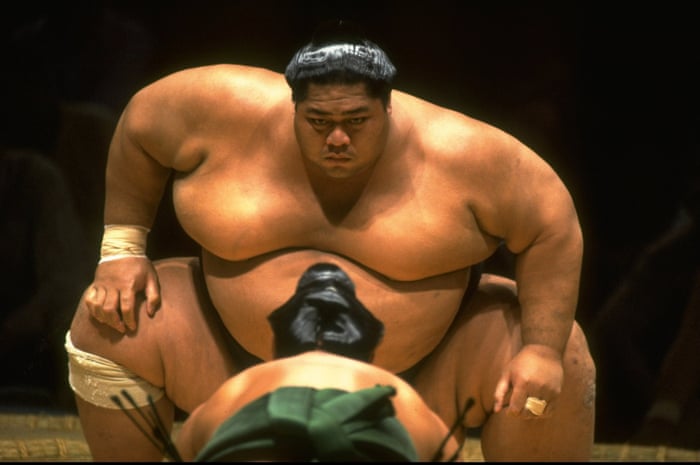Koganecho, Yokohama
Posted on 10.28.22 under Uncategorized
Note the Chinese characters: 黄金町. Gold Town, but also the old names for Osaka and Osaka Bay. And the first character is the Chinese for my last name, Wong.


At Jack and Betty theater, we went to see “Okagesamade,” a documentary about the lives of 2nd generation Japanese women in Hawaii. Hard lives and sacrifice for their children!
Jack and Betty used to be a porn theater. The “Jack” side maintains that tradition while the “Betty” side shows documentaries and independent films.


Napualikolokelani danced before the showing! Every screening features a dance performance by a Japanese hula halau.

“Koganecho and Hinodecho stations, and you’ll find around 80 bijou artists’ studios interspersed with a handful of hip galleries, bars and eateries. The shops lining these streets were, for decades, part of an illicit red light district, which gave the area a bad name. After the last of the brothels was shut down by police in 2005, art-loving citizens formed a not-for-profit group called Koganecho Area Management Center and proposed to fill the now-deserted buildings with studios and galleries.” (Darren Gore)





We made a day of it in Yokohama and went to Chinatown to eat dinner. Not sure of the occasion but, there was loads of Cosplay in Chinatown. they were posing and shooting in the streets for hours.

Thumper, the Origin Story
Posted on 10.13.22 under Uncategorized
A Fear City nft project by the former senior artist of Rockstar Games/Grand Theft Auto, Stephen Bliss.
Debuted at New York Comic-Con 2022
Cover art: Stephen Bliss
Comic art: Alessia De Sio
Written by: Malcolm Wong and Stephen Bliss

Hanno & Hidada, Saitama
Posted on 10.11.22 under Uncategorized
After a night at Taishoukaku onsen, we went to look for Koma Shrine and stumbled across Shoden-in Temple. We came across Konishiki, the Samoan Ozeki sumo wrestler at the onsen at breakfast. He is good friends with Pastor Talo of New Hope Church as are we. That was an unexpected treat.





We then drove 30 minutes to Hidaka, looking for Koma Shrine. We found Shodenin, first. A really beautiful temple with ponds, exquisitely manicured bonsai, well-kept architecture — lots of nice stone and wood. There were only 3 people at Shodenin — tourists like us — none of them affiliated with the temple. It was a bit strange…









We found Koma Shrine just a little further down the road. There were lots of tourists and lots of ways to spend your money — religious merch!

Komo in Japanese as “Koryō” is the ancient Japanese name for Korea. At its peak of power, Goguryeo controlled most of the Korean peninsula, large parts of Manchuria and parts of eastern Mongolia and Inner Mongolia. Along with Baekje and Silla, Goguryeo was one of the Three Kingdoms of Korea.
In the late 6th and early 7th centuries, Goguryeo was often in military conflict with the Sui and Tang dynasties of China. Its relations with Baekje and Silla were complex and alternated between alliances and enmity.

In the summer of 666, King Yeon Gaesomun died and Goguryeo was thrown into chaos and weakened by a succession struggle among his sons and younger brother. Emperor Gaozong saw this as an opportunity and invaded, conquering the kingdom with the help of Silla by 668 AD.

However, there was much resistance to Tang rule. Prince Go Yak-gwang (高若光), son of the last king of Goguryeo, Bojang, sent to Japan in 666 AD to seek military assistance from the Asuka period Emperor Tenji.
After the fall of the kingdom, he remained in exile in Japan. In 716 AD he was granted Koma County in Musashi Province, and settled in this location with 1799 Goguryeo refugees, mostly from Suruga Province.[8] This territory included all of present-day Hidaka and Tsurugashima, as well as parts of Hannō, Kawagoe, Iruma and Sayama. The area continued to be ruled by the Koma clan until the end of the Kamakura period.

Following the annexation of Korea by Japan in 1905, the Koma Shrine was used as a symbol by Japanese government officials, including Governor-General of Korea Jirō Minami, for the assimilation and unification of the Korean and Japanese people.
Rain & Things
Posted on 10.07.22 under Uncategorized
A memory. A prophecy. A yearning to return to the source…

